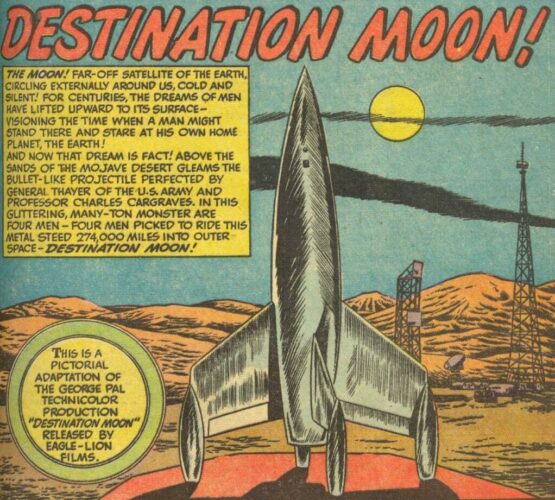Barad-dûr
Names: Barad-dûr (Sindarin: “dark tower”), Lugbúrz (Black Speech: “dark fortress”), Taras Lúna (Quenya: “dark tower”), Lúnaturco (Quenya: “Dark Stronghold”)
Description: a gargantuan fortress near the Ered Lithui (Ash Mountains), on the northern Plateau of Gorgoroth in Mordor, approximately 30 miles east of Mount Doom. Our trek has led us across Gorgoroth, an arid but fiery wasteland choked with ash and cinders. Built as a revival of the spirit of Morgoth, the primeval force of caprice and destruction in Middle-earth, Barad-dûr is a morass of towers and pits, perched in the heart of Gorgoroth, itself a throne for the Eye of Sauron, which surveys the world around it. One of Tolkien’s most iconic creations, it serves as an indomitable paean to Sauron’s power and the architectural body of Sauron himself in Peter Jackson’s film trilogy.

An often-observed aspect of Sauron is that while he’s The Lord of the Rings’ titular character and antagonist, he is a functionally invisible figure. He lacks a consistent physical body, has no dialogue, is only seen in characters’ visions or through great distances, and can hardly be said to be a character so much as a cipher of Middle-earth’s iniquities and caprice. For all intents and purposes, Sauron is cipher rather than a person, defined by his presence alone, having long abjected personhood to incarnate as a shapeless mass of power and domination, extant only for the decadent excesses of power and kept alive purely through those trappings.
The details of this are characteristically vague. Tolkien, a more esoteric writer than his reputation might suggest, is reticent on whether Sauron has a physical body. The perennially unfinished mythology of Middle-earth offers conflicting accounts of Sauron’s body. In the Akallabêth, The Silmarillion’s account of Númenor’s fall, the great kingdom of Men, Sauron is said to lost his primal holy form and constructed his own visage in Mordor, like a terrifying cherub going through a hardcore punk phase:
But Sauron was not of mortal flesh, and though he was robbed now of that shape in which he had wrought so great an evil, so that he could never again appear fair to the eyes of Men, yet his spirit arose out of the deep and passed as a shadow and a black wind over the sea, and came back to Middle-earth and to Mordor that was his home. There he took up again his great Ring in Barad-dûr, and dwelt there, dark and silent, until he wrought himself a new guise; and the Eye of Sauron the Terrible few could endure.
In “Of the Rings of Power and the Third Age”, Tolkien provides a similar, if even more abstract account of Sauron’s physical form:
…[In Mordor] now [Sauron] brooded in the dark, until he had wrought for himself a new shape; and it was terrible, for his fair semblance had departed for ever when he was cast into the abyss at the drowning of Númenor. He took up again the great Ring and clothed himself in power; and the malice of the Eye of Sauron few even of the great among Elves and Men could endure.











